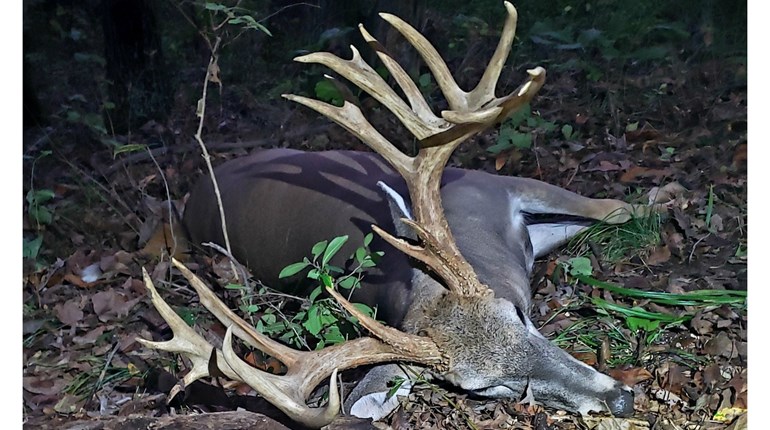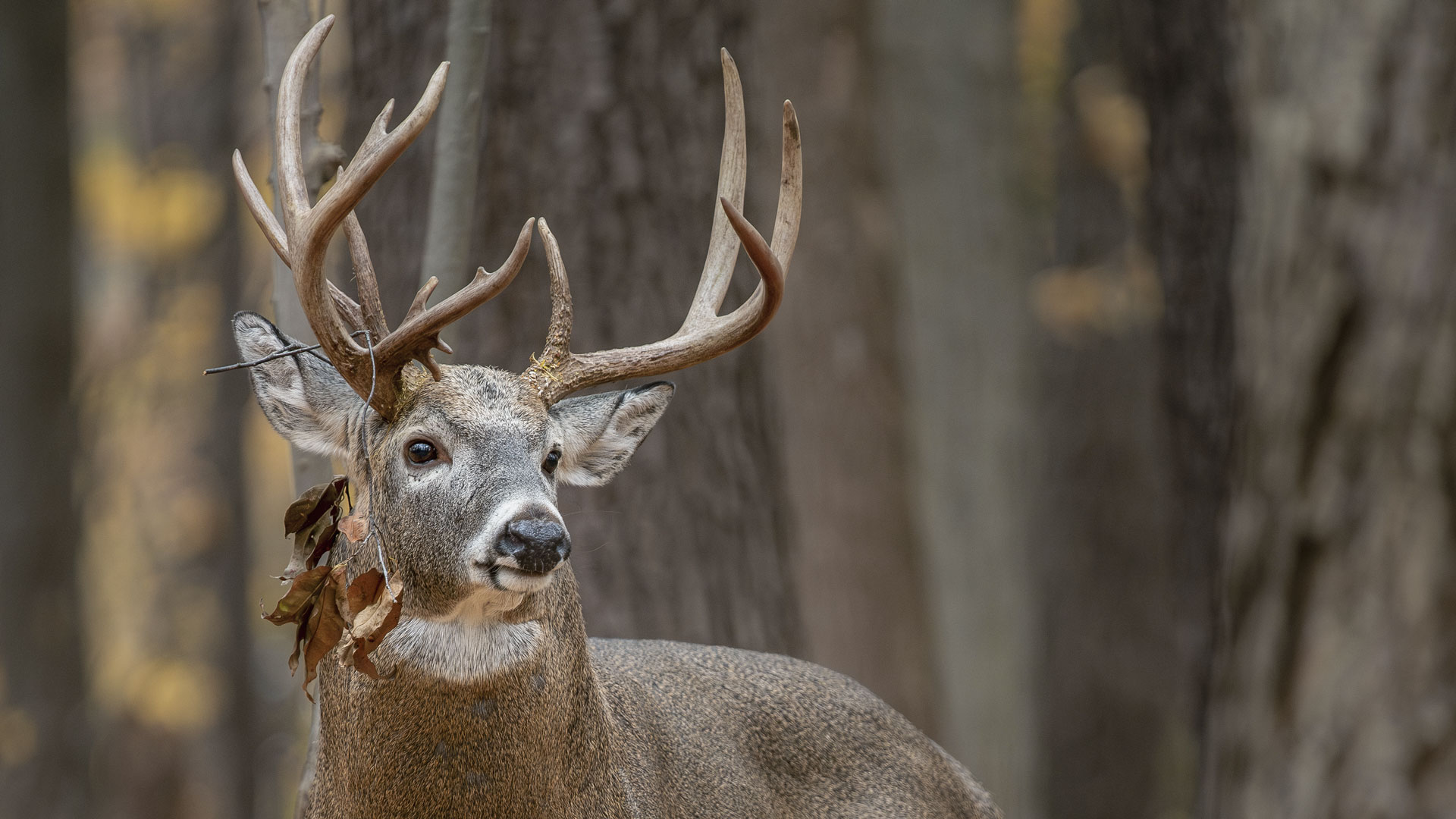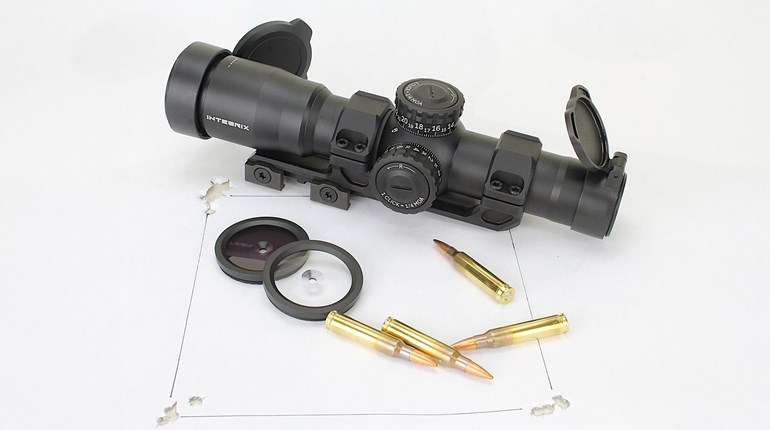
Trail cameras never advertise as foolproof, but placed in a good locale they typically capture a solid story of the whitetail activity in an area. That is true especially on a green food plot as lush as any plants in a local greenhouse. Nevertheless, stumped by the absence of bachelor groups with a longstanding presence summering near a prime food plot, my hunting partner and I searched for answers. Two evenings later, a sight more than a mile away resolved the unsolved mystery. A hayfield transitioned to cropland, and now flourishing with soybeans, it teemed with whitetails. The whitetails customarily found on the bottomland food plot had migrated to the uplands for a summer of soybean munching.
Knowing the neighborhood provides you with information to place stands, adjust hunting dates and plan for the coming years. You may be able to address some neighborhood changes with little effort, while others you’ll simply need to live with. Regardless, it helps to know what is going on around the block.

Evaluate
Evaluating the neighborhood is as easy as a Sunday drive. Load up the family and look at the neighborhood noting surrounding crops, especially new crops, new land sales, wildlife land improvements and any new building activity. New croplands and crop rotations have huge appeal to pull deer from afar for new nutrition supplied by an ocean of vegetation. In the same agriculture category, livestock additions or croplands sitting idle may negatively affect deer presence. Overgrazing, dirt fields, irritating sheep and barking herding dogs go noticed by deer with changes to what you may experience on your property.
And never overlook the endeavors of private wildlife management. As more properties sell for hunting recreation, untold investment goes toward new food sources, habitat refuges and crafted water supplies. Any or all have allure to neighborhood deer with power to change patterns.
The real estate boom and migration from cities to suburbia, or rural settings, has new home construction popping up everywhere. It is a major factor in rural settings today. A corner lot connecting to your hunting area that suddenly sees several new homes could alter years of whitetail travel consistency to your property. Even a new shed or feedlot for cattle on an adjoining property has the power to alter deer movement, positively or negatively.

Meet The Neighbors
Unfortunately, a Sunday drive may not be the most revealing way to see what goes on inside property boundaries. Timber, terrain, vegetative screens and large expanses may simply be too obstructive for a clear analysis. Forget trespassing, and keep your drone hovering over your own property. Instead, start by being neighborly and meeting with neighboring property owners, particularly those involved in wildlife habitat management. A face-to-face conversation may advance to improve a larger swath of country. Sharing what improvements you have added and what the neighbor enhances has potential to serve more wildlife. And through disclosure you may discover that you have more food and the neighbor has better bedding cover. Working together you can capitalize on both, plus possibly put in a plan to allow bucks to mature. Going as far as sharing trail camera images, naming bucks and judging deer age benefits everyone for a stronger class of future hunting candidates.
Of course, sometimes relationships fail, absentee landowners rarely visit or the land is totally invested in economic agriculture return. In those and other instances, hunting apps may come to the rescue. Most use satellite imagery that is years old, but the HuntStand hunting app offers a monthly satellite imagery layer for a current view of what is up down below. The resolution is less than stored images, but typically sharp enough to see crops, forest projects, recent fires and other land characteristics that could influence your hunting future.
Adjust
With a solid evaluation completed, it is time to consider what, if any, adjustments need to be made for the hunting season. First, consider moving any of your ambush sites to take advantage of neighboring influences. Deer may be using a nearby cornfield or food plot to feed, but still bedding on your ground. A quick addition of an ambush site could keep you in the game. I always travel with a lightweight aluminum stand and climbing sticks for impromptu setups in case of a major shift in a deer pattern.
Next, you may need to consider shifting hunting dates. Your food plot may have been a magnet for early fall deer, but a major agriculture addition next door could be stealing your thunder now. No worries. Large croplands are destined for economic return. After harvest, deer again disperse, especially with the effectiveness of most modern harvesting implements leaving little for deer to glean.
Hunting later, during the rut and even post-rut, could be just as rewarding if deer discover you have food and cover to maximize on your property. Note when all surrounding large crops will be harvested. Soybeans typically go to market from late September into October. Corn harvest occurs later with much wrapping in November. In a normal year you may be competing against those crops in the early season, but by mid- to late-season, your food plot could be the envy of your neighbors. Build it, wait and they will come.

Plan
Lastly, plan for next year. Crop rotations remain an annual obstacle to achieving consistency on deer movement through a property. Nevertheless, an annual winter discussion with a local farmer could give you a jumpstart on knowing what they plan to plant. That gives you insight on what you may consider planting in your own food plot to counteract or fill needs after their crops head to market. You also can plan to adjust, tweak and modify certain practices on your property. Food plots aside, habitat cover improvements and water development could help keep deer interested in your real estate. These projects, along with new food plots, take a year or more to accomplish, so planning is critical. Adding in new blinds, stands, mineral sites, bait and trail manipulation need only days, weeks or months to undertake.
During your hunt, take notes on whitetail patterns, wildlife needs and your success. Assess the impact of neighboring property and have your plan in place to begin immediately after the season to counter or augment the neighborhood around you.




































